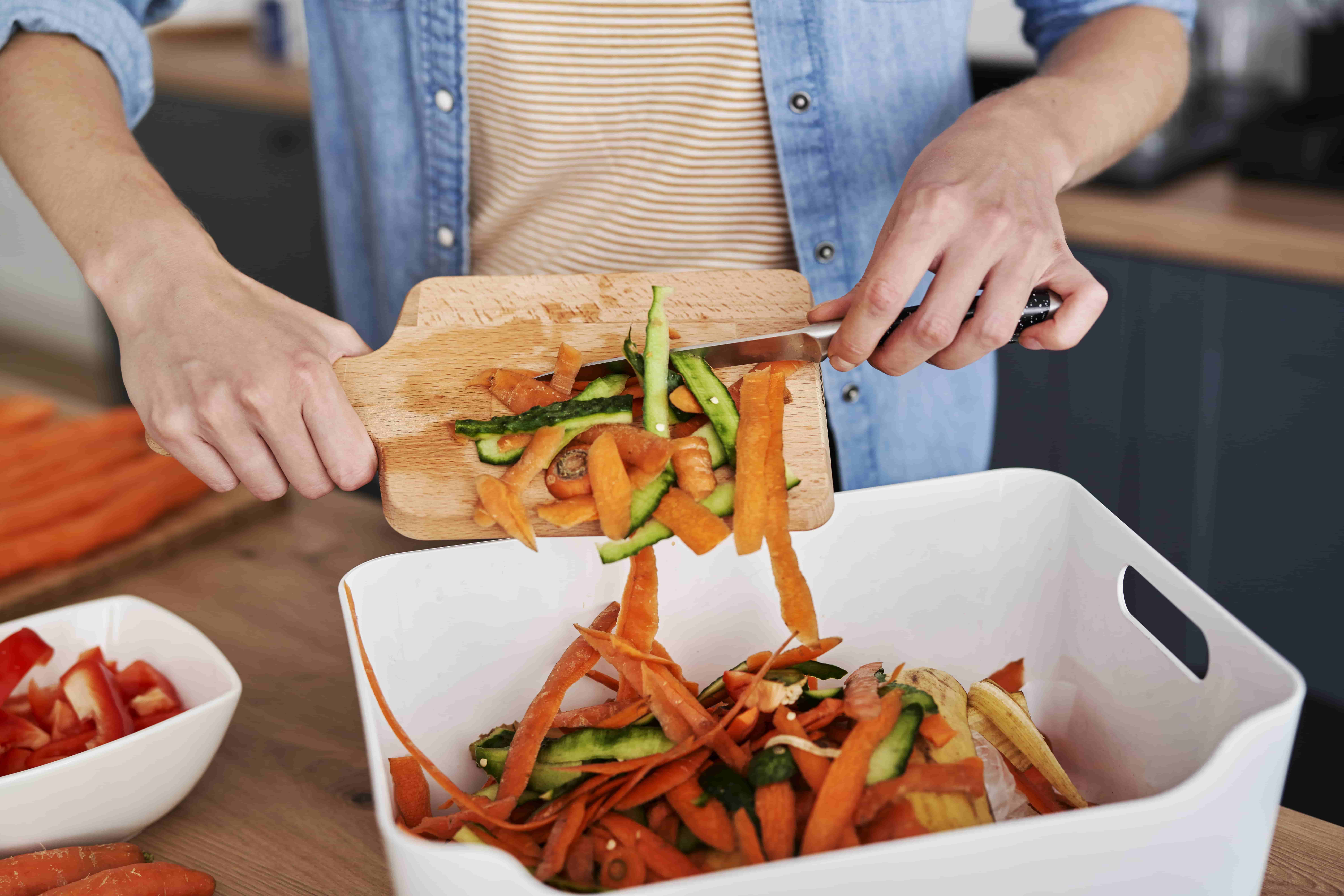Waste & material traceability solution for sustainable facilities

Food waste is an on-growing and harmful habit of our world. According to the Food Waste Index Report 2021, 931 million metric tons (1.03 billion tons) of food waste is generated annually. At the same time, the world is starting to gain more and more perspectives on sustainability, zero waste, and recycling. However, a report from Boston Consulting Group indicates that annual food waste will increase by a third by 2030. We continue to generate different kinds of waste, and we keep on increasing the amount.
No doubt, we should have a different approach towards our expanding consumption habits and gain a more sustainable mindset. We need more insights about waste types and zero-waste practice. So to be precise, the question here should be how we can manage food waste for a better world and future? Keep reading to explore more.
Foods are organic materials that are usually not easy to recycle. They consist of sodium and other elements that might end up transforming into harmful greenhouse gasses. Food waste does not have to be excessive food; it can also be unwanted pieces like banana peels or onion skins. Besides households, restaurants, cafes, and hotels generate massive amounts of food waste.

RTS has some shocking facts about food waste around the world:
We now discussed what food waste is and how it is generated. But how is food waste managed throughout these procedures? Actually, food waste handling systems are not different from any other waste management systems. For example, all waste types have to be collected, transported, and treated. Of course, some of the substeps may vary because different waste types may require additional operations.
When it comes to waste management food waste recycling, there are usually two steps:
Generally, composting is more preferred. In this procedure, microorganisms and oxygen are used to break down biodegradable trash.
How do we integrate software solutions to food waste operations? First of all, managers can handle transportation and collection steps with digitized collection software. For example, Evreka’s Fleet Management Software can optimize your collection and transportation operations. This Software Solution will benefit your food waste operations by:
Citizens and individual customers are also a significant part of the waste management cycle because households are the most significant food waste generators. So how can they be part of the treatment part? Of course, most of us can not drive a waste truck or work in a recycling facility. Nevertheless, there is a way to participate in the collection process with Engagement Software. With this software, all stakeholders can:
Think how easy it is to drop your waste somewhere and inform the system with a click of your finger. With Engagement Software, communication with the residents will be strengthened. Plus the best part is that everyone will be contributing to the waste management operations.
Food waste generation is an increasing problem that we can not stop. According to the given information, it looks like the numbers will be increasing throughout the years. We need to handle the waste since it risks putting us and the world in danger. Food waste treatment can achieve the best results with a helping hand from Software Solutions.
Contact us for further questions and book a demo to enhance your food waste management operations.